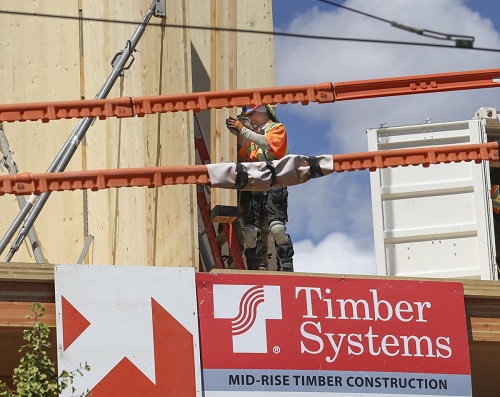 Wednesday, October 2, 2024
Wednesday, October 2, 2024  Wednesday, October 2, 2024
Wednesday, October 2, 2024 
Cities remain the economic engine of Canada. Through lockdowns and travel restrictions, the march of urbanization — with all of its benefits and daunting challenges — barely missed a step. Canada’s urban areas continued to grow in 2020 and today four out of five Canadians live in cities.
While COVID-19 will not reverse urbanization trends, it has exposed the vast inequalities of urban housing. The gap between the demand and supply of affordable housing has only widened over the course of the pandemic as real estate prices hit historic highs. According to a new report from the Frontier Centre for Public Policy, Vancouver and Toronto are now two of the most unaffordable housing markets in the world (no Canadian city housing market is deemed “affordable” by the report). In Toronto, current demand for housing is expanding at an annual rate of 50,000 units. Over the past five years, however, new construction has averaged under 9,000 units. Simply put, the construction industry cannot keep pace.
Meanwhile, the industry faces an environmental reckoning. Buildings generate nearly 40 per cent of annual global greenhouse-gas emissions, and material production, transportation, and the construction processes accounts for about one-quarter of a building’s total carbon emissions. Inevitably, to meet Canada’s carbon-reduction targets, builders must address the waste and inefficiencies that have become inherent in any construction project.
When it comes to increasing supply through more sustainable processes, the housing industry continues to deploy 19th-century approaches to tackle 21st-century problems. Construction remains among the very least digitized sectors of the economy, just above hunting and agriculture. Low profit margins, complex supply chains and the cyclical nature of the business model have prevented the industry from adopting new technologies that could bring higher productivity. Not surprisingly, the construction industry is the only sector to have experienced a decline in labour productivity since the 1960s.